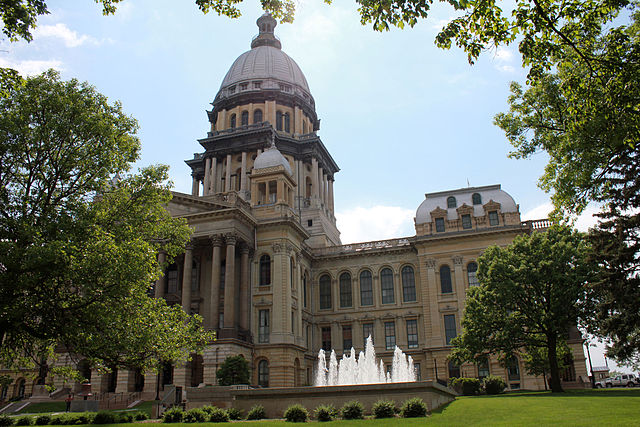A few hundred Milwaukee County retirees are facing reduced pension checks in the future – all because they took County advice that for years resulted in benefit over-payments.
The retirees were receiving bigger payments because they were following County advice regarding “buy ins” and “buy backs.” But the overpayments they were receiving didn’t county ordinances or IRS rules.
In total, the County’s advice led to $25 million worth of overpayments.
So now the County wants retirees to give the money back. Milwaukee County Executive Chris Abele is leading the charge.
From Express Milwaukee:
Last April, Milwaukee County Executive Chris Abele sent a letter to more than 200 Milwaukee County retirees warning them that their pension payments weren’t valid and that he would take back any money they’ve been overpaid.
Nine months later, Abele is walking back from those comments.
But his new strategy, outlined in a Jan. 9 memo to county supervisors, would still take money away from 221 retirees whose only mistake was accepting the county’s own advice when setting up their pension plans.
“The county executive’s plan does not try to recoup any money from retirees,” emailed Abele’s spokesman, Brendan Conway. “It only adjusts future payments to the amount that complies with the law.”
And by “adjusting” them, Abele means “lowering” them.
Under this plan, the city would be getting its money back – by reducing future benefit checks for the retirees in question.
The union response:
“As we’ve come to learn about Abele, he’s making the situation worse,” said Boyd McCamish, head of AFSCME District Council 48, the county’s largest union. “Why does he insist on terrorizing retirees who have done nothing wrong?”
[…]
“It’s about the principle,” McCamish said. “If you are a retiree, a pensioner, you should feel no security at all even though you’ve been paying into these things all your life. One of the main things Abele’s trying to do, along with his buddies the Koch brothers, is to create and perpetuate what is known as the precarious workforce. So even retired people should feel levels of instability. Because when people are desperate and scared they will do anything and they will accept anything.”
Abele’s failed to win over the Pension Review Board in December with the plan.
City officials question whether it is legal to reduce future benefit checks based on overpayments stemming from advice the government itself provided.
“It does not seem clear to me that he can do that legally,” County Supervisor Theo Lipscomb told Express Milwaukee. “Another question is whether you morally should do that. These people relied on advice that the county provided.”
Photo by TaxCredits.net





